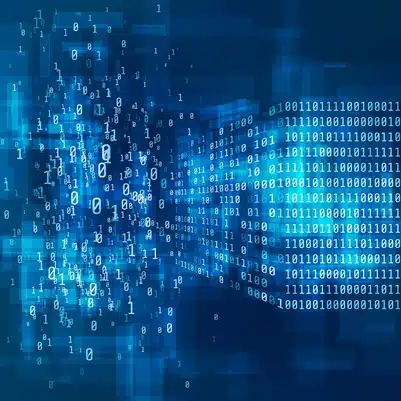Digital Signal Processing
About This Course
Digital Signal Processing is the branch of engineering that, in the space of just a few decades, has enabled unprecedented levels of interpersonal communication and of on-demand entertainment. By reworking the principles of electronics, telecommunication and computer science into a unifying paradigm, DSP is a the heart of the digital revolution that brought us CDs, DVDs, MP3 players, mobile phones and countless other devices.
The goal, for students of this course, will be to learn the fundamentals of Digital Signal Processing from the ground up. Starting from the basic definition of a discrete-time signal, we will work our way through Fourier analysis, filter design, sampling, interpolation and quantization to build a DSP toolset complete enough to analyze a practical communication system in detail. Hands-on examples and demonstration will be routinely used to close the gap between theory and practice. To make the best of this class, it is recommended that you are proficient in basic calculus and linear algebra; several programming examples will be provided in the form of Python notebooks but you can use your favorite programming language to test the algorithms described in the course.
Course Syllabus
Module 1: Basics of Digital Signal Processing
Module 2: Vector Spaces
Module 3: Part 1 – Basics of Fourier Analysis
Module 3: Part 2 – Advanced Fourier Analysis
Module 4: Part 1 Introduction to Filtering
Module 4: Part 2 Filter Design
Module 5: Sampling and Quantization
Module 6: Digital Communication Systems – Module 7: Image Processing
Course presenter
FAQ
What is Coursera?
Coursera is an online education provider that offers online courses, popularly known as MOOCs or Massive Open Online Courses, from top universities around the world. Currently it has over 200 partners from 48 countries. These partners include Universities such as Stanford, Duke, Penn, Princeton, Michigan, Peking, and HEC Paris. Coursera has also started partnering with companies like IBM, Google, and PwC — these companies are also launching courses on Coursera.
Coursera is the most popular MOOC provider in the world based on the number of students (over 45 million learners) and has an active catalog of 3,800+ online courses.
As well as these individual courses and 16 online degrees, Coursera offers 400 groups of courses known as Specializations, MasterTracks, and Professional Certificates.
How do Coursera courses work?
Coursera is an online education provider that offers online courses, popularly known as MOOCs or Massive Open Online Courses, from top universities around the world. Currently, Coursera boasts an active catalog of more than 3800 online courses created by these partner institutions.
Coursera courses consist of pre-recorded video lectures that you can watch on a weekly schedule or when it’s convenient for you. They also have student discussion forums, homework/assignments, and online quizzes or exams.
Generally speaking, Coursera courses are free to audit (i.e. watch videos) but if you want to earn a course Certificate, you will need to pay. An investigation by Class Central discovered 1150+ Coursera courses that include assessments for free although other courses have the assessments behind a paywall.
Many of the Coursera courses are part of Coursera Specializations, a microcredential offered by Coursera. Specializations consist of a sequence of courses and for some Specializations the last course is a Capstone project. If learners earn a certificate for each course in a Specialization, they will receive a Specialization certificate. Specializations are usually geared towards in-demand skills in business and technology. You can take single courses or the whole specialization.
Other courses are grouped into MasterTracks and Professional Certificates. Coursera has launched over 400 microcredentials.
How does a Coursera Subscription work?
Some courses, particularly those in Coursera Specializations, are available on a subscription basis. When you sign up, the first 7 days are free, then you are charged monthly. Check the course or Specialization page to find the cost in US dollars or your local currency. You may also need to check the exchange rate to calculate the cost. The faster you learn, the less you will pay to complete the course or Specialization, in one-month increments.
If you want to complete one or some courses in a Specialization but not the whole Specialization, you need to cancel your subscription after receiving your certificate.
When signing up for Specializations, you cannot select the audit for free option, only a 7-day free trial. To access the materials for free, you need to sign up from the individual course pages. Click on the Learn more link beside the words at the bottom of each course description, available on some Specialization pages. (You can choose to take this course only.)
Coursera Plus is a single payment that gives access to around 3000 courses and Specializations for 12 months.





